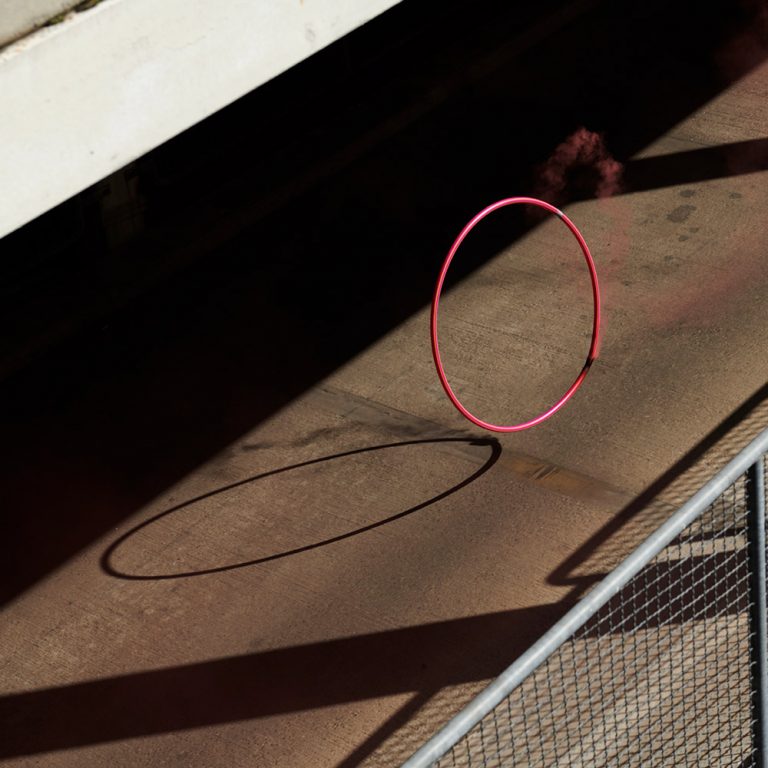Cradle to Cradle
REDIRECT
Creating a C2C Framework
Today, we operate within a political and economic framework that is designed for linear systems. A C2C framework, on the other hand, enables the urgently needed transformation towards circular systems. Back Page: A circular economy according to Cradle to Cradle needs the right framework conditions. Laws, political strategies, and guidelines determine the quality of products that can enter the market. A C2C framework must also provide incentives that promote climate and resource positive action. Our aim should be to ensure that linear thinking and linear action is no longer economically viable in the future. In an ideal C2C world, only healthy products, designed for circularity will be on the market because harmful products are too expensive. This is only possible through realistic prices: If a product causes environmental or health damage during production, use, or disposal, the costs incurred by society as a result must be included in the product price.


Circular business models such as product service models or repair and refurbish offers must become the new norm for companies in order to bring C2C products into the cycles. We also need circular logistics that ensure that products and materials are always in the right place at the right time. Digitalization can accelerate all of the above. With tools such as digital product passports, we can transparently map and control information about products and the materials they contain, as well as production and logistics processes. Everything is completely different – but it’s good! This transformation means turning away from the current economic system and, at the same time, must only take place within democratic structures and in a socially fair manner. We therefore need a transition period; in order to make the best possible use of existing products and processes, without losing sight of or watering down the long-term goal of a genuine circular economy based on Cradle to Cradle.






















